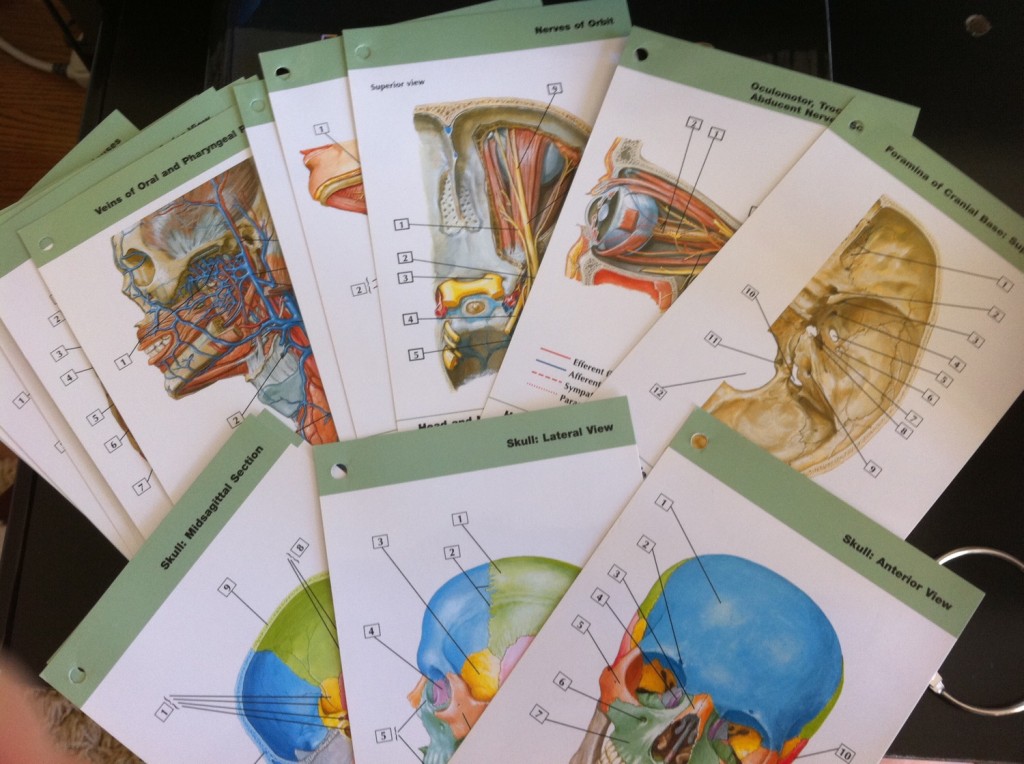
The month of September has been deemed “Healthy Aging Month” by the American Academy of Ophthalmology. As we age, our eyes and vision change as well. Patients over the age of 65 are at a higher risk for eye diseases, skin conditions, and cataracts. Here are a few things to think about with your patients to keep their eyes healthy as they age.
- Cataracts: Cataracts occur in the crystalline lens as we age and are seen as an opaque, cloudy area that can decrease vision, increase glare, and give a yellow tint to the world around you. Cataract surgery is among one of the most commonly performed surgeries in the United States and can give your older patients improved vision and qualityof life. In addition, cataract surgery has also been correlated with a decrease in falls.
- Diseases of the Eye: Elderly patients are at a higher risk for ocular diseases such as glaucoma and age-related macular degeneration. Annual examinations, as well as technologies such as OCT and visual field, can help diagnose these diseases and initiate treatment for the best visual outcomes.
- Low Vision: Patients with severe vision loss, whether through decreased acuity or a visual field defect, have difficulty with every day activities; however, these patients can use low vision resources to help improve their quality of life. Some of these devices can be found over the counter, such as the hand held magnifier, or provided by a low vision professional like the CCTV.
- Dermatological Concerns As you age, your skin produces less collagen and becomes less elastic. A common complaint in older patients is that their eyelids have become droopy, also known as dermatochalasis. This is generally a cosmetic issue but, sometimes, it may decrease the patient’s field of view. Patients can also complain of dark circles, skin tags, and wrinkles.
- Nutrition and Ocular Health: While eye diseases like age-related macular degeneration are not fully curable, nutritional supplements and a diet full of leafy green vegetables can have a positive effect on reducing the progression of the disease. Even if your patient does not have ARMD, a proper diet is good for your whole body!
- Presbyopia: In addition to cataracts, your lens becomes less flexible as you age, which can make objects difficult to focus on. This condition, called presbyopia, can be helped by using proper reading glasses and taking into account the patient’s needs and goals, in addition to recommending the proper ophthalmic lens.
- Dry Eye: Just like our skin becomes less elastic with age, our eyes produce less tears, which creates dry eye. The visual signs and symptoms of dry eyes include dryness, burning, tearing, redness, foreign body sensation, clearing vision upon blinking, and overall discomfort.
These quick tips are just a few of the ways that aging affects our eyes. Keep your patients educated on how they can best take care of their eyes, and their eyes will be healthy and seeing well for many years to come!


